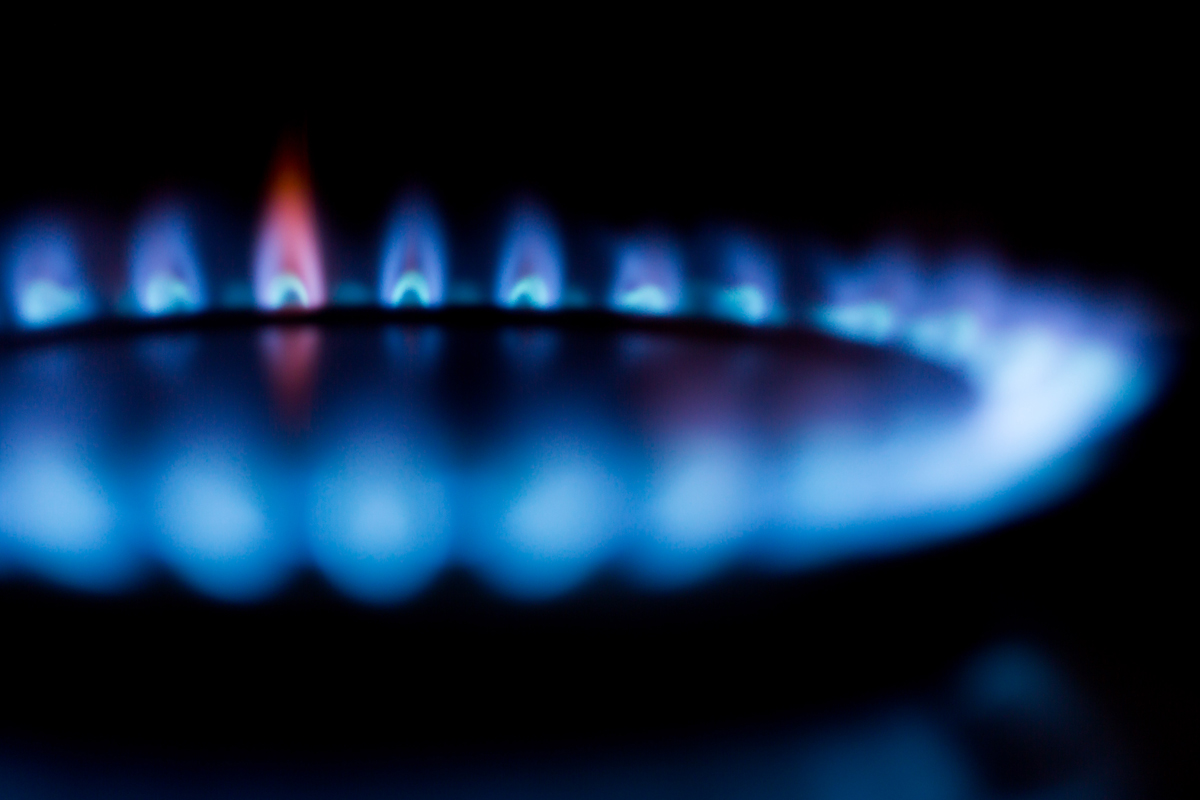The New York City Council’s Committee on Environmental Protection held a hearing Monday to consider a resolution opposing the Northeast Supply Enhancement pipeline project. While pipeline foes used the hearing to spread more misinformation, Jainey Bavishi—the director of the New York City Mayor’s Office of Recovery and Resiliency—stuck to the facts.
Bavishi, who previously served on the White House Council on Environmental Quality during the Obama administration, emphasized the city’s reliance on clean natural gas and explained the ramifications of potential moratoriums on new gas connections due to limited supply.
Here’s a look at what she had to say and why it’s important.
BAVISHI: “If the utilities were to declare a moratorium on new gas connections, what would likely happen is that there will be an increased reliance on fuel oil to heat buildings throughout New York City.”
THE FACTS: This is true. Without an adequate supply of natural gas, homeowners and power grid operators must turn to alternative sources for heat and electricity generation.
During the winter of 2017-18, power plants in New England are forced to switch from clean natural gas to oil-fired generation when demand for gas outstripped available pipeline capacity. As the U.S. Energy Information Administration noted:
A constrained natural gas pipeline network led to a significant increase in oil-fired and dual-fuel generation in New England and New York…During the cold weather spanning the end of December to early January, oil use jumped from almost nothing to a high of 36% of the daily generation mix on the ISO New England (ISO-NE) system and 9% on the PJM system covering an extended Mid-Atlantic region.
This increase in oil-fired generation was both costly for consumers and the environment, according to ISO New England:
Along with higher prices, the switch to burning oil also increased greenhouse gas emissions within the region. Carbon dioxide (CO2) emissions, for example, were below 100,000 short tons per day in the days leading up to the cold snap. Once the cold weather hit, and oil generation increased, the emissions grew to an average of over 220,000 short tons per day.
BAVISHI: “Another possibility is that we might see an increase in interruptible gas customers.”
THE FACTS: This is true too, in fact, the prediction is already playing out in communities across New England and New York. While some utilities have imposed moratoriums on new natural gas service contracts, others have asked homes and businesses to dial down the thermostat in order to limit service interruptions due to supply constraints. More than 7,000 natural gas customers in Rhode Island went without service for upwards of a week during single-digit temperatures earlier this year due in part to pipeline limitations.

